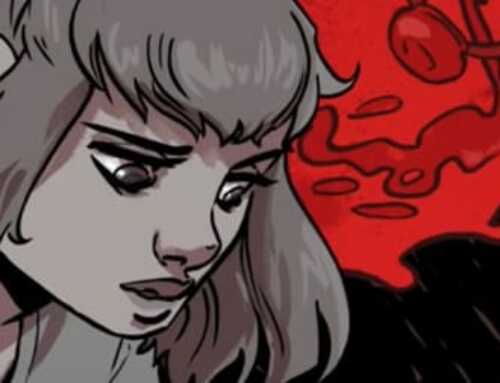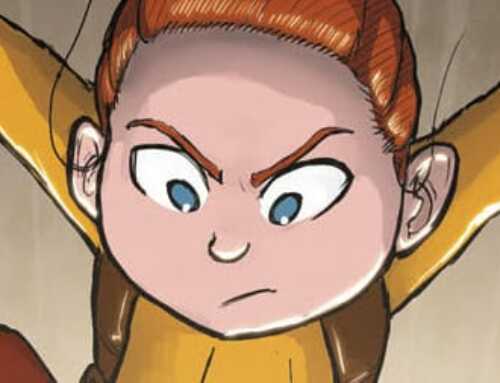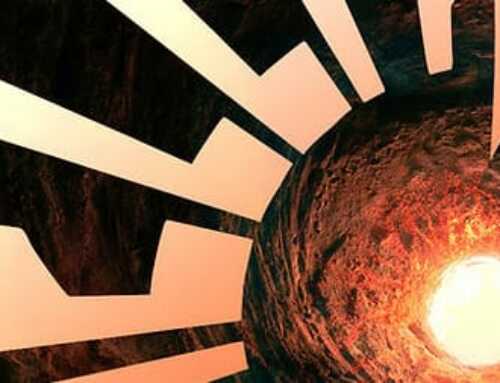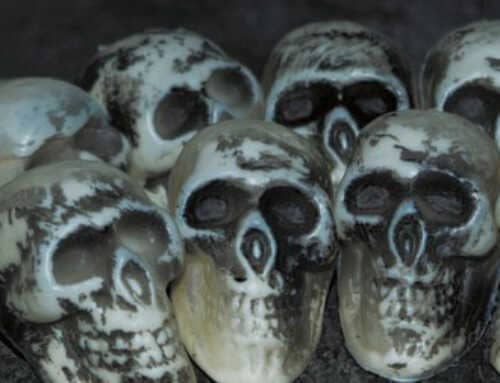The Gray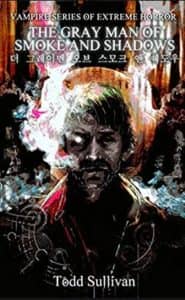 Man of Smoke and Shadows is the sequel to the previously reviewed Butchers and is the second novella in author Todd Sullivan’s Vampire Series of Extreme Horror. This time around we delve further into the story of Hyeri, the renegade vampire from the previous installment, as she seeks revenge on her abusive pedophile uncle Sa-Hak and evades the continued efforts of the Gwanlyo to execute her. Along the way we meet Seok-Jo, a mentally absent father who must make a tremendous sacrifice in order to save his daughter from the clutches of Hyeri’s sadistic uncle, alongside several members of the natural police with varying degrees of importance.
Man of Smoke and Shadows is the sequel to the previously reviewed Butchers and is the second novella in author Todd Sullivan’s Vampire Series of Extreme Horror. This time around we delve further into the story of Hyeri, the renegade vampire from the previous installment, as she seeks revenge on her abusive pedophile uncle Sa-Hak and evades the continued efforts of the Gwanlyo to execute her. Along the way we meet Seok-Jo, a mentally absent father who must make a tremendous sacrifice in order to save his daughter from the clutches of Hyeri’s sadistic uncle, alongside several members of the natural police with varying degrees of importance.
Once again, Sullivan knocks his action scenes out of the park. His creatures are a cut above the preening, noble vampires that are so prevalent in the genre– when they prey on humans it includes the lust one would expect but is also more grounded and often ends much less cleanly. When they prey on each other they’re prone to slashing, severing, and otherwise mutilating each other in a way that plays with the tropes of regeneration and eternal life. The violence of extreme horror is what Sullivan unquestionably does right, as there’s a balance between the extreme gore and the implication of sinister things. The author knows there are things he should imply rather than describe outright, especially where children are concerned, and it makes the whole thing feel less exploitative while still offering moments of deep revulsion.
There are also a few nonvampire creatures in this book that are genuinely cool and incredibly fresh if not unique. Without delving too far into spoiler territory, Seok-Jo’s transformation is hands-down my favorite part of the book– it’s agonizing to consider and the stipulations for his new form are anxiety-provoking and painful. The entity which possesses Sa-Hak is also given a great visual description towards the very end, though I wish more was done with that being. Though I’m unfamiliar with the folklore and culture which is woven into the story, it wouldn’t surprise me at all if these creatures were based on actual folklore, as Sullivan is otherwise able to incorporate the setting effectively and use it to further establish the series’ identity.
What misses for me are a couple of the plot beats, and while these will probably seem like nitpicks they hampered my suspension of disbelief enough to really hurt the novella. First is the ongoing subplot wherein the Gwanlyo have employed an officer to create a fall guy for Hyeri and her accomplice’s feeding on humans in public. This doesn’t work for me because it ultimately amounts to nothing– the would-be patsy is killed before he does anything to divert suspicion and his entire mini-arc serves no real purpose but to introduce a few of the protagonists, who were already on a collision course without the need for the perfunctory convenience store confrontation. Relative to the length of the story, this subplot is given too much screen time which could have been used to explore more interesting elements, like the entity in Sa-Hak, which doesn’t feel fleshed out at all beyond the child predator’s existing depravities. It also felt like a cheap way to reintroduce the leads from Butchers, who do nothing other than swoop in at the very end of the novella to apprehend Hyeri in a pretty bland cameo.
The second big plot issue is one of timing. This is a little confusing but bear with me here: Seok-Jo is spurred into action by a news report of his daughter’s abduction from the hospital where she’s being treated for the vampire attack. He then undergoes a transformation that takes the rest of the night and meets up with Hyeri and Min Jae the following evening as the group leaves to confront Sa-Hak at his studio. When we see Sa-Hak’s perspective again he’s barely getting back to his studio, which is presumably in the same city as the protagonists otherwise they would have spent even more time traveling to him, but they seem to find him in the knick of time to prevent Sa-Hak’s planned atrocities. That means there’s at least a day of dropped time wherein Sa-Hak has been doing nothing at all, and this final timeline of events just doesn’t make sense. For some readers, this may be easily forgiven, but it broke any sort of immersion I had going into the story’s climax. Maybe I missed some small detail about what Sa-Hak did in the interim, but even if that’s the case it had to have been a handwave in order to make things line up. This was another missed opportunity to do more with the demon inhabiting Sa-Hak, because as it stands the final confrontation winds up feeling very abrupt and the entity does almost nothing supernatural beyond granting the predator healing powers and extra strength.
All in all, The Gray Man of Smoke and Shadows is a fast read with engaging action scenes and monster ideas, but the plotting in the second half needed a rework to really focus and tighten the narrative. It’s still worth a look for Todd Sullivan’s understanding and implementation of Korea as a refreshingly underused setting, but you have to be prepared to let some things slide.
Rating
6 out of 10 Severed Extremities


